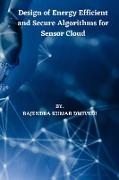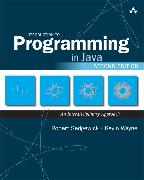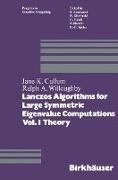Design of Energy Efficient and Secure Algorithms for Sensor Cloud
BücherAngebote / Angebote:
Sensor cloud is an integration of sensor networks with the cloud to offer a variety of services to the end-users. Applications of this architecture can be seen in various fields such as healthcare information systems, forest fire monitoring systems, smart city, and other Internet-of-Things (IoT) applications. This technology is based on sensor networks, so, energy efficiency becomes one of the prime concerns. The sensed data that are stored in the cloud for further processing in order to get some insights are crucial in many applications, so, security also becomes another important challenge. This motivated us to design some energy-efficient and secure algorithms for the sensor cloud. Security can be implemented in many ways viz., access control, outlier detection, and security against various attacks. In the thesis, we are targeting access control and outlier detection to implement security concerns. We designed one scheme for energy efficiency, one for access control, and two for outlier detection using different approaches. Chapter 3 proposes an energy efficient and fault tolerant scheme for sensor cloud. Wireless Sensor Networks (WSN) find several applications in hard-to-reach areas. As sensors have limited battery power, so, many energy-aware protocols based on negotiation, clustering, and agents have been developed to increase the lifetime of the network. This thesis finds limitations with some multi-agent-based protocols as they place the sink node at the center of the monitoring region which is quite difficult in hard-toreach areas. Therefore, a multi-agent-based energy and fault aware protocol for hard-toreach territories (MAHT) is proposed which uses the technique of Impact Factor to identify a central node with high power capability and dynamic itinerary planning is done to make the protocol fault-tolerant. Its agent migration technique results in improvement of energy efficiency, task completion time, and network lifetime. MAHT is simulated using Castalia simulator, and the impact of payload size, network size, node failures, etc on various performance metrics is analyzed. The proposed protocol outperforms the existing schemes viz., Tree Based Itinerary Design (TBID) and Multiple Mobile Agents with Dynamic Itineraries based Data Dissemination (MMADIDD).
Folgt in ca. 15 Arbeitstagen




